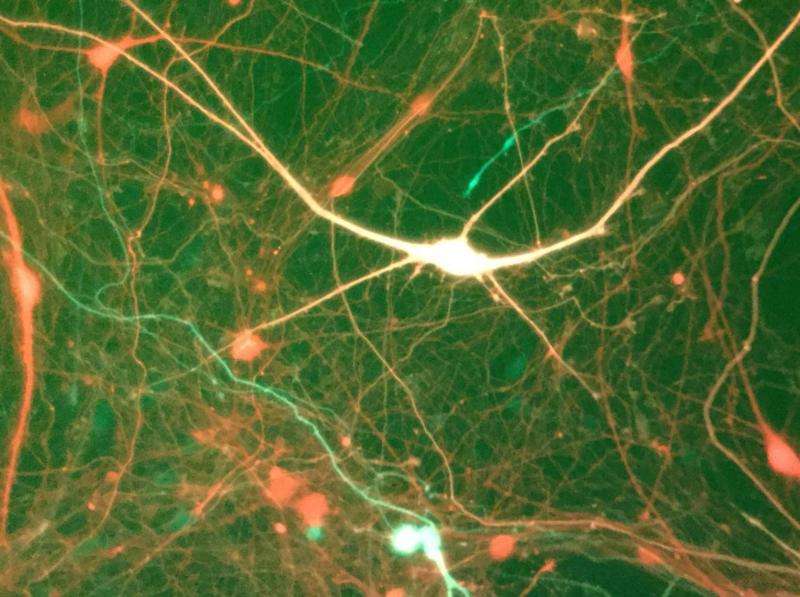Regulating sodium channels in epilepsy

A new Northwestern Medicine study may help explain why patients with the same epilepsy gene mutation experience different levels of disease severity. The findings, published in the Proceedings of the National Academy of Sciences (PNAS), also reveal new insights into sodium channel regulation and a potential therapeutic target for epilepsy treatment.
Christopher Thompson, PhD, research assistant professor of Pharmacology, was the first author of the study, led by principal investigator Alfred George, Jr., MD, chair and Magerstadt Professor of Pharmacology.
Epilepsy, which affects 1 in 100 people worldwide, is a neurological disorder characterized by recurrent seizures. Epilepsy often has a genetic basis, especially through mutations in genes that encode sodium channels, such as the human SCN2A gene. But previously, it had been unclear why patients with the same gene mutation show a wide range of disease severity, such as in their frequency of seizures.
In the current study, the scientists investigated this variability using a mouse model of Scn2a epilepsy, developed by co-author Jennifer Kearney, PhD, associate professor of Pharmacology. The mice all had epilepsy caused by the same mutation on the Scn2a gene, but they came from two different laboratory mice strains—or genetic backgrounds—and displayed various degrees of epilepsy severity.
"We looked at some of the basic properties of brain cells that are abnormal in epilepsy and found that brain cells from animals that are more severely affected by epilepsy are hyperexcitable, compared to brain cells from animals who are less affected," Thompson said. "This discovery prompted us to ask 'why?' "
The scientists discovered that such differences in the excitability of neurons correlated with changes in the behavior of sodium channels, which were modulated by an enzyme called calcium/calmodulin protein kinase II (CaMKII). When CaMKII was inhibited, neuronal excitability was suppressed—suggesting that targeting CaMKII activity may be a novel route to treating epilepsy.
"Chris traced the differences to a very fine molecular detail," said George, also the director of the Center for Pharmacogenomics. "Not only did the findings explain the varying severity of epilepsy, but they also revealed a previously underappreciated pathway by which brain sodium channels are regulated—something that could be exploited for therapy."
The paper was also co-authored by Nicole Hawkins, PhD, a research associate in Kearney's lab. All four scientists came to Northwestern in 2014 from Vanderbilt University, where this work originated. "Once we were in a new environment, and interacting with people who thought differently, we began to think differently, and that greatly benefited the project," George said. "This paper is the result of a long-standing collaboration that found new life here at Northwestern."
In ongoing research, the scientists are now investigating whether their discoveries might be generalizable to other gene mutations and models of epilepsy.
The findings might even have implications in other pathologies, as SCN2A is also associated with disorders like autism.
More information: Christopher H. Thompson et al. CaMKII modulates sodium current in neurons from epilepticmutant mice, Proceedings of the National Academy of Sciences (2017). DOI: 10.1073/pnas.1615774114

















